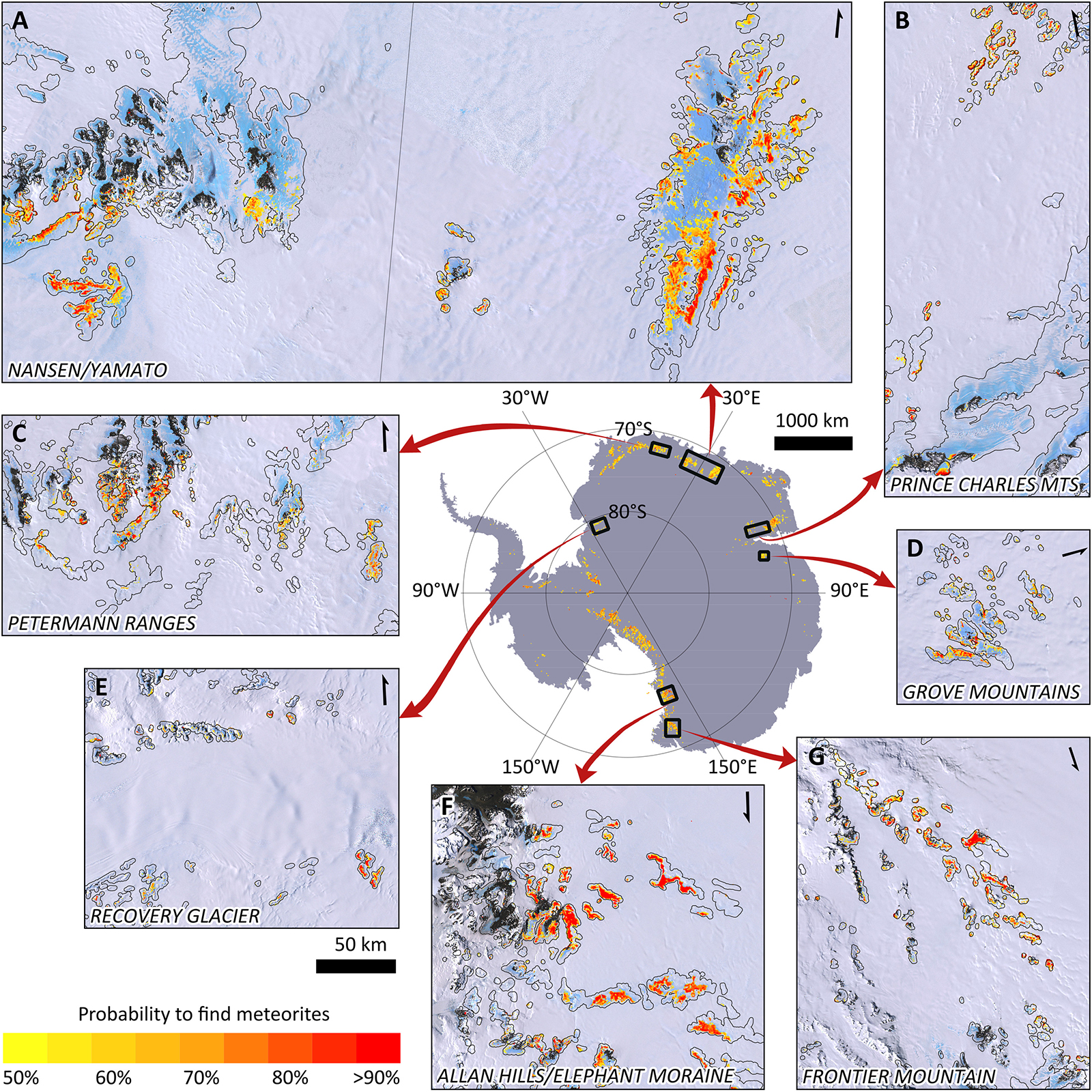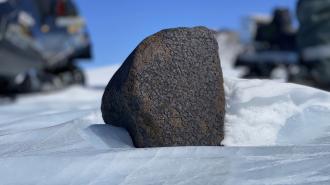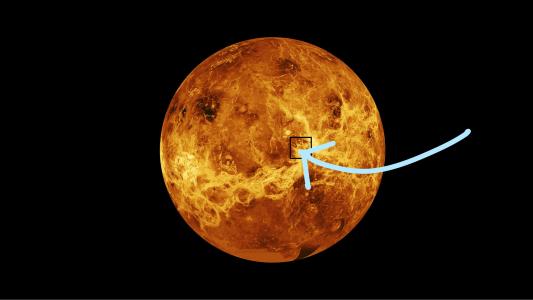A “treasure map” has led researchers to one of the largest meteorites ever found in Antarctica — and more than 300,000 other space rocks could be waiting to be discovered on the icy continent.
The challenge: Our solar system contains millions of asteroids, comets, and meteoroids made up of the same materials that went into the formation of the solar system 4.5 billion years ago.
Every year, about 6,100 of those small bodies plunge through Earth’s atmosphere and reach its surface intact. We call those space rocks “meteorites,” and by recovering and studying them, scientists can learn about the early solar system without sending a costly mission to space.
Finding meteorites isn’t easy, though — only about 30% of them hit land, and if that land happens to be forest or used for agriculture, the rock is almost certain to go unnoticed.

Down south: One place where it’s not quite as hard to spot meteorites is Antarctica. The black rocks stand out against the barren landscape, and the continent’s cold, dry climate helps prevent deterioration. It’s also common to find meteorites in groups there, too.
This is because the rocks can become embedded in Antarctica’s ice sheet, and when its slow-moving glaciers hit large, solid objects, like mountains, the ice is pushed to the surface. Wind erodes the ice, exposing the meteorites, and as more ice is pushed to the surface, more meteorites are exposed in the same location.
“There are areas where every rock you find is a meteorite,” glaciologist Veronica Tollenaar told El Pais.
“The bigger a sample size we have of meteorites, the better we can understand our solar system, and the better we can understand ourselves.”
Maria Valdes
X marks the rocks: Since 1912, nearly 50,000 meteorites have been recovered from Antartica — 62% of those ever found — but the continent is huge and parts of it haven’t even been searched, meaning many more troves of meteorites are waiting to be discovered.
To help narrow down the hunt for these meteorites, Tollenaar led a team of Dutch and Belgian researchers in using artificial intelligence to create a “treasure map” highlighting the places meteorites were most likely to be found.
“Through our analyses, we learned that satellite observations of temperature, ice flow rate, surface cover, and geometry are good predictors of the location of meteorite-rich areas,” said Tollenaar upon the map’s release in January 2022.
“We expect the ‘treasure map’ to be 80% accurate,” she added.

What’s new? In December 2022, an international team of scientists became the first to use the new treasure map to guide a meteorite-hunting expedition.
Not only did the trip lead to the discovery of five new meteorites, the researchers also found a rare one weighing 16.7 pounds — only about 100 meteorites that size or larger have ever been recovered from Antarctica.
“Size doesn’t necessarily matter when it comes to meteorites, and even tiny micrometeorites can be incredibly scientifically valuable,” said Maria Valdes, a member of the discovery team, “but of course, finding a big meteorite like this one is rare, and really exciting.”

Looking ahead: Tollenaar’s team estimates that more than 300,000 meteorites are still waiting to be discovered in Antarctica, and the success of this first “treasure hunt” will no doubt inspire other groups to use the map as a guide for finding them.
In the meantime, the five newly discovered meteorites are heading to the Royal Belgian Institute of Natural Sciences for analysis.
“[S]tudying meteorites helps us better understand our place in the universe,” said Valdes. “The bigger a sample size we have of meteorites, the better we can understand our solar system, and the better we can understand ourselves.”
We’d love to hear from you! If you have a comment about this article or if you have a tip for a future Freethink story, please email us at [email protected].






